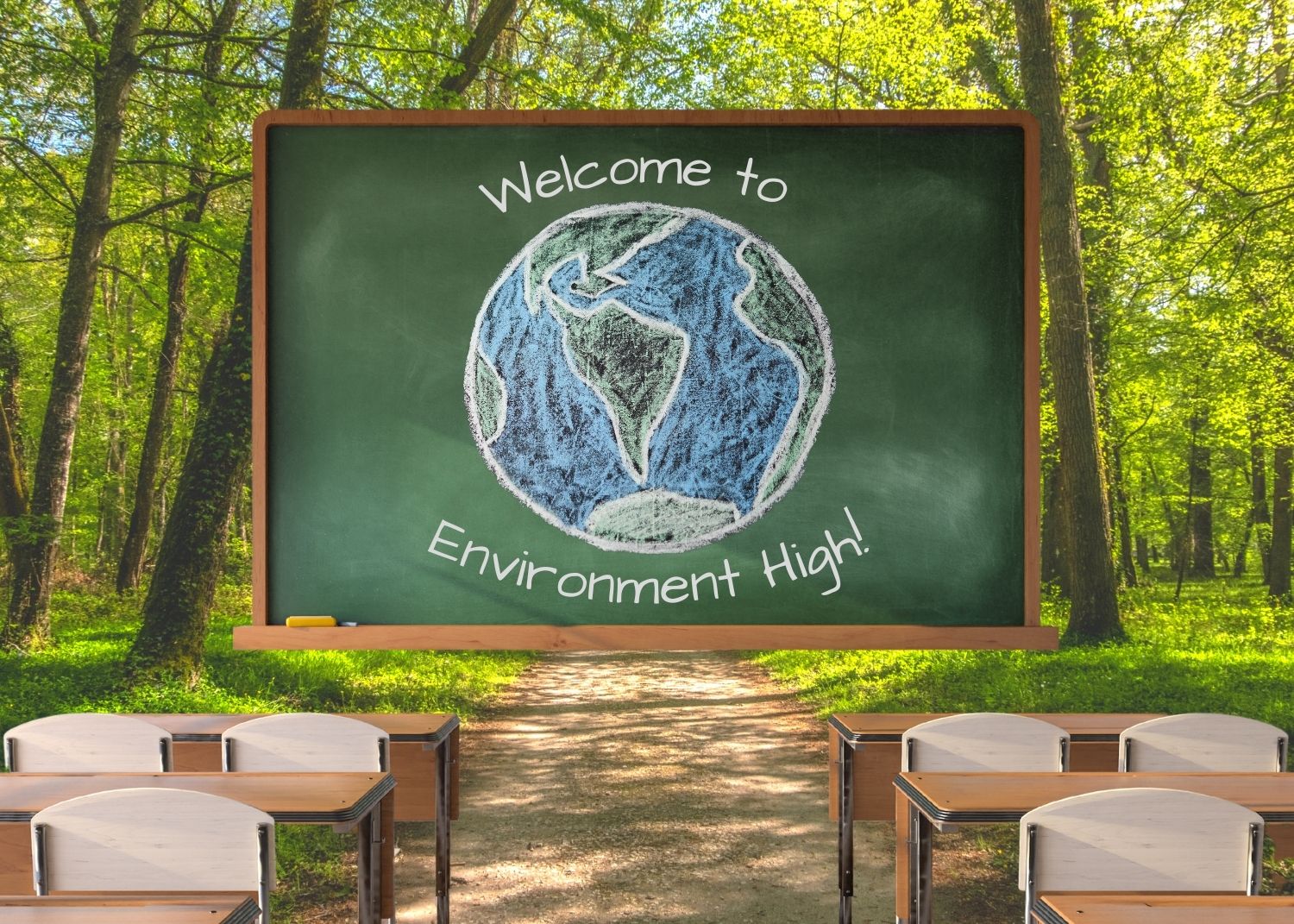Is a High School of Environmental Studies Right for You?
Check out our list of 15 top high schools of environmental studies and find out!
What is a High School of Environmental Studies?
As concerns about global climate change and sustainability continue to increase, a growing number of high schools in the U.S. are offering environmental studies programs or emphasizing sustainability and environmental stewardship. These “high schools of environmental studies” vary in their approach and content, but they share a commitment to help students (like you!) learn about and address the complex environmental challenges facing our planet. If you’re a teen interested in the environment and conservation, you should explore whether a high school of environmental studies is an option for you. Here’s what you need to know, and 15 schools to check out:
3 Types of High Schools of Environmental Studies
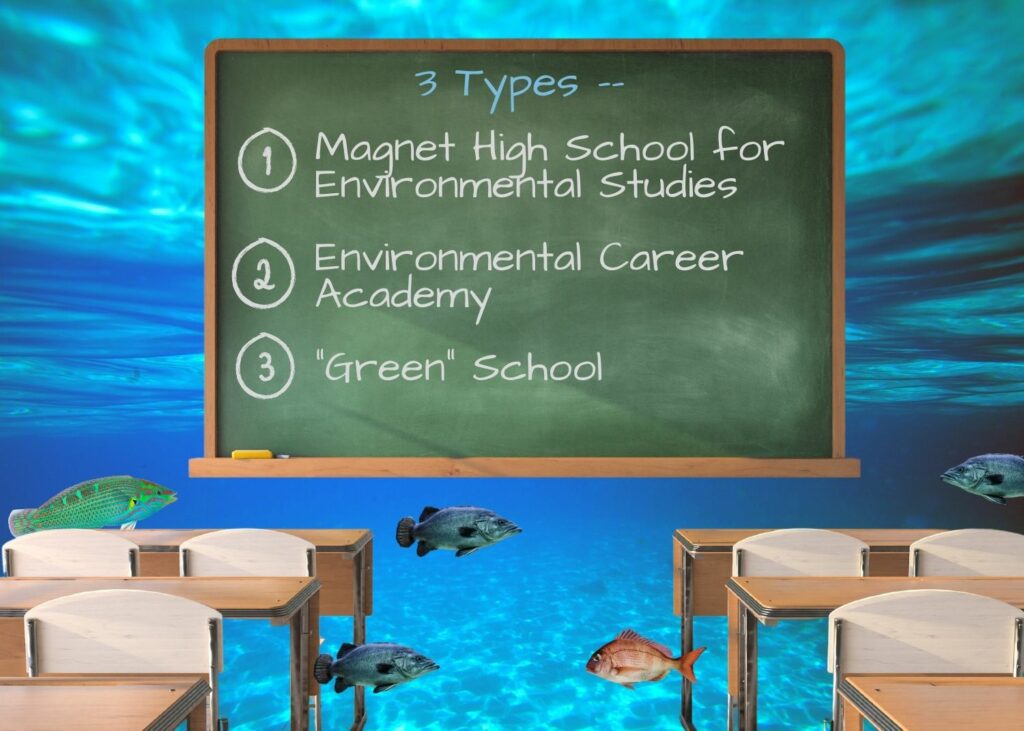
When it comes to high schools that offer a significant environmental education, there are a few main types:
- a magnet (or charter) high school of environmental studies;
- a traditional or vocational high school with an environmental career academy; or
- a “green” high school.
(Most high schools of environmental studies are public, so we focus on those.)
How Do the Different Types of High Schools of Environmental Studies Compare?
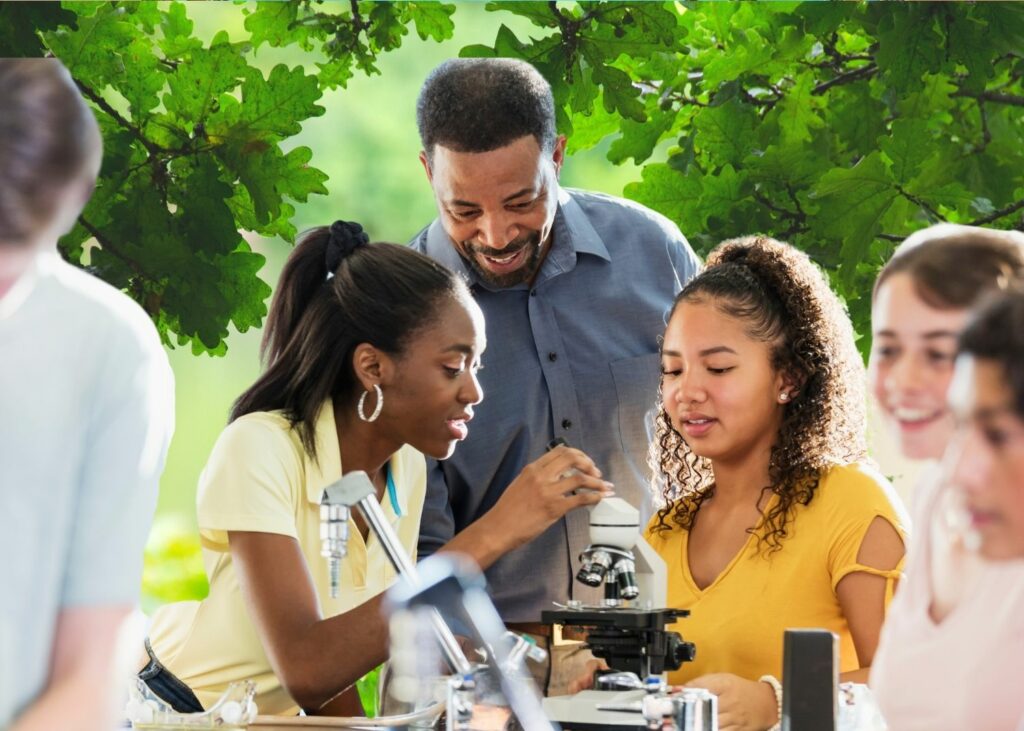
Keeping in mind that each high school is unique and that there are often overlaps in the features of different types of high schools of environmental studies, here’s how they generally compare to each other:
Structure
- A magnet high school of environmental studies is a whole school focused on the academic study and extracurricular exploration of environmental science.
- A high school environmental career academy is typically a separate program inside a larger public high school (like a school within a school) designed to prepare students for careers in the environmental fields.
- A green high school is a largely traditional high school that promotes a culture of environmental stewardship and connection.
Focus
- A magnet high school for environmental studies focuses more on academic preparation and exploration/research of environmental science topics. It typically offers challenging coursework heavy on science, technology, engineering, and math (STEM) subjects, as well as opportunities for students to participate in environmental lab research and fieldwork.
- A high school environmental career academy prepares students for careers in environmental science. The curriculum may include a mix of practical science, technology, policy, and business courses, as well as internships and job-shadowing opportunities.
- A green school focuses on making its buildings and grounds eco-friendly with ample gardens and access to nature, and through practices like the use of renewable materials and efficient energy sources. A green school also typically teaches students about environmental sustainability.
Coursework
- A magnet high school of environmental studies may offer a broader range of “core” STEM courses as well as specialized electives in environmental science, such as ecology, environmental chemistry, and earth sciences.
- A high school environmental career academy may offer a more hands-on curriculum that is designed to give students the skills and real-world training they need to pursue careers in environmental science.
- A green high school offers a largely traditional high school curriculum, with some lesson plans incorporating basic environmental education and possibly a few specialized environmental classes.
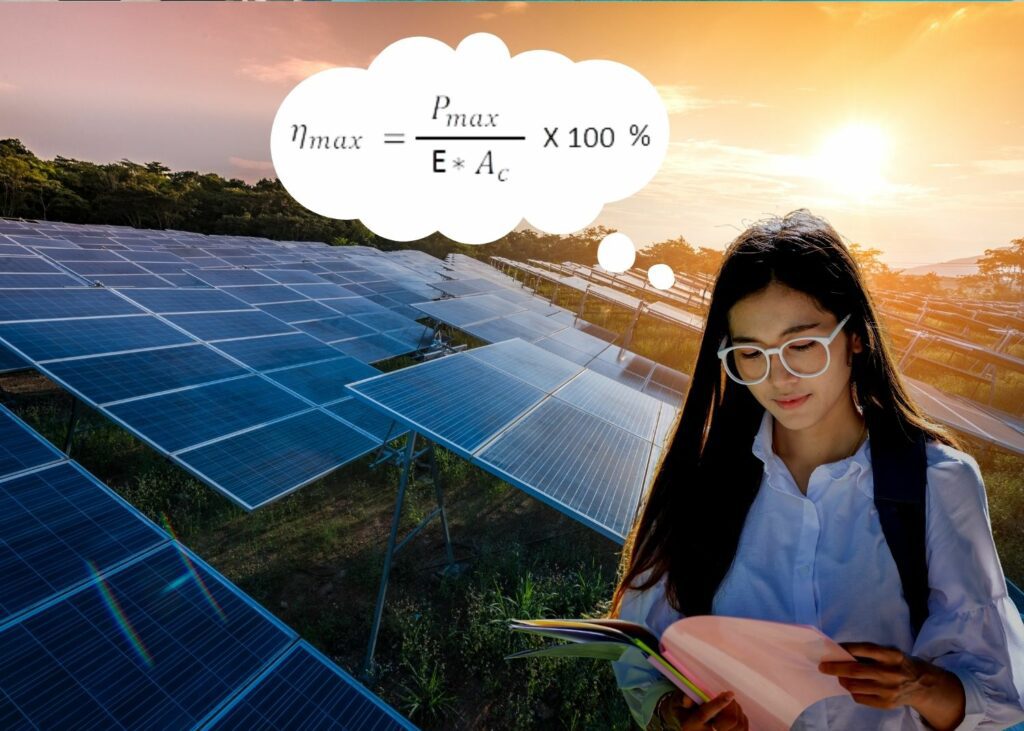
Extracurriculars
- A magnet high school of environmental studies may have partnerships with universities and other scientific organizations to provide students with research opportunities and access to state-of-the-art laboratory facilities.
- A high school environmental career academy may have partnerships with local businesses and environmental organizations to provide students with opportunities to gain practical experience through internships, job shadowing, or other work-based learning opportunities.
- A green school may offer opportunities to work on environmental improvement projects on campus and in the local community.
- All three types of schools usually offer environmental clubs, green teams, and sustainability initiatives.
Admissions
- Admission to a magnet high school of environmental studies may be competitive and based primarily on academic achievement and potential.
- Admission to a high school environmental career academy may also be competitive (although likely less than a magnet school) and require students to demonstrate an interest in pursuing a career in environmental science.
- Admission to a green high school is largely the same as admission to a traditional public high school.
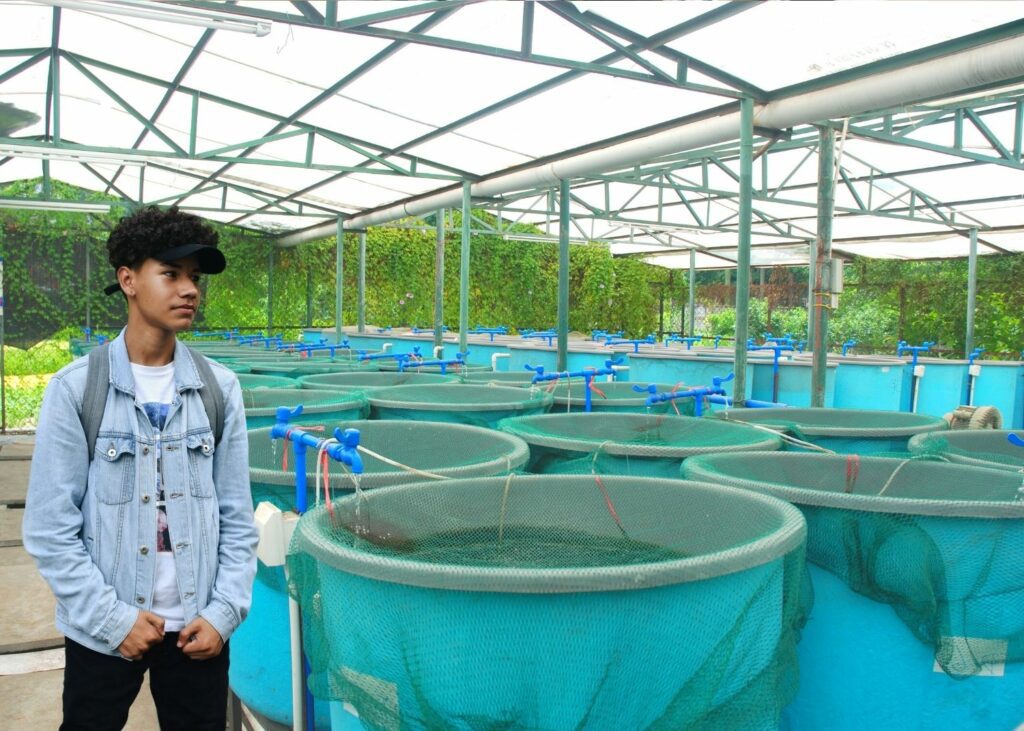
15 High Schools of Environmental Studies 2023
If any of these types of high schools for environmental studies sound interesting to you, here’s a list of 15 examples of high schools for environmental studies around the U.S. to help give you a sense of what to look for in your community.
1. Abraham Lincoln High School: Green Academy (San Francisco, CA)
Green Academy is an environment-focused program of study offered at Abraham Lincoln High School that students can take beginning in their sophomore year. Traditional subjects are taught through an environmental lens, and there are also electives specific to environmental issues and opportunities for field trips and community work. In 10th grade, for example, students take courses in English and U.S. History with a “green” focus. They also take the Green Ambassadors elective, which is a project-based course that offers College Career credit and involves multiple field trips. In 11th grade, students take Green Engineering, a hands-on course that teaches principles of physics, engineering, design, and green-clean technologies. In their senior year, students complete a capstone project that identifies an environmental problem in their community and offers a solution.
2. Connecticut River Academy (East Hartford, CT)
Connecticut River Academy (CTRA) is an early college magnet high school that focuses on sustainability-themed education. The school’s curriculum emphasizes science, innovation, and technology, and has two tracks: environmental science and advanced manufacturing. CTRA also offers students the opportunity to take college courses at Goodwin University and earn over 30 transferable college credits while still in high school, all tuition-free. Apart from academic preparedness, CTRA values diversity, respect, empathy, and collaboration. Like a traditional high school, CTRA also offers various extracurricular activities such as academic clubs, after-school enrichment programs, and athletic teams.
3. Environmental Charter Schools (Los Angeles, CA)
Environmental Charter Schools is a network of four “green” public charter schools located in the South Bay and South L.A. communities, serving students in grades 6-12. The school grounds encourage sustainability by growing organic food, reducing waste and energy consumption, employing water conservation strategies, and encouraging alternative transportation. Students also engage in hands-on learning with various living systems, including a living stream filled with fish and filtration plants, a living wall that provides food and cools the classrooms, and areas for chickens and rabbits to roam. Outdoor education is a crucial part of the curriculum, with all students participating in an overnight outdoor trip to promote environmental awareness, peer relationships, self-confidence, trust building, and a personal connection to nature. The schools also promote environmental advocacy through initiatives like the “Hike the Hill” program, where students travel to Washington, D.C. to advocate for access to public land, environmental education, youth engagement, and green jobs.
4. Fauquier County Public Schools Environmental Studies Academy (Warrenton. VA)
The Environmental Studies Academy (ESA) is a specialized program offered by Fauquier County Public Schools for students who are interested in careers in the environmental sciences. The ESA program offers a variety of courses that emphasize environmental science, including Environmental Science, Biology, Chemistry, and AP Environmental Science. Additionally, students are encouraged to take recommended courses such as Marine Biology, Anatomy & Physiology, and Geospatial Science through James Madison University. The ESA program also provides students with a range of opportunities for hands-on experiences, including work at the Fauquier Outdoor Lab and FHS Greenhouse, as well as off-campus research facilities. Students are also encouraged to participate in extracurricular and co-curricular community activities, such as environmental monitoring, protection, management, or restoration.
5. Island Coast High School – Academy of Natural Resources (FL, Cape Coral)
Island Coast High School – Academy of Natural Resources is a career academy focused on environmental studies and sustainability. The academy features an Aquaculture and Hydroponic laboratory program that integrates Agriscience, aquaculture, and general environmental issues, such as alternative energy. The Aquaculture program engages students in the science and industry of fish and crustacean production through hands-on, practical experience in a state-of-the-art laboratory. Students research, produce, and market a variety of species while combining science, math, business, and agriscience skills. The Hydroponic program allows students to produce crops for sustainability projects. The Academy’s aquaponics facility combines both aquaculture and hydroponics to produce fish and vegetables, demonstrating innovative and sustainable solutions to environmental challenges.
6. John Muir High School Engineering & Environmental Science Academy (Pasadena, CA)
John Muir High School Engineering & Environmental Science Academy
The John Muir High School Engineering & Environmental Science Academy is a program that provides students with a rigorous and innovative education in engineering and environmental science. The academy offers courses in environmental science, robotics, and computer-aided design. Students have access to state-of-the-art equipment and facilities, including a fabrication lab, a green roof, and a bioreactor. In addition to traditional coursework, students in the academy participate in hands-on projects and real-world experiences, including internships and community service projects. Students also are encouraged to take on environmental leadership roles within the academy and in the wider community.
7. Jupiter Environmental Research and Field Studies Academy (Jupiter, FL)
The Jupiter Environmental Research and Field Studies Academy (JERFSA) is a unique four-year magnet program inside Jupiter Community High School for students interested in pursuing an academic curriculum with a focus on environmental studies. JERFSA stands out as the first Environmental Science high school magnet program in Florida and one of the first such programs in the United States. The program emphasizes ecological principles, environmental awareness, critical thinking, problem-solving skills, leadership, and interdisciplinary learning. All JERFSA students participate in field studies and research, including wildlife preserve restoration, local clean-up projects, mentoring elementary school children on the importance of preserving resources, and programs that directly impact Northern Palm Beach County. Check out these awesome (self-described) “tree-hugging dirt nerds”!
8. Lankenau Environmental Science Magnet High School (Philadelphia, PA)
Lankenau Environmental Science Magnet High School helps students become environmentally conscious and successful in their future careers. The school aims to integrate environmental science throughout the curriculum and enhance it through partnerships throughout the community. Students receive rigorous classroom instruction and are also presented with real-world problems to solve. The school community maintains extensive landscaped grounds that serve as outdoor learning laboratories. Lankenau offers various environmental programs and clubs, including MANRRS- Minorities in Agriculture, aquaponics, beekeeping and botany, farming, green job training, natural resource management, and opportunities for community service.
9. Marine Science Magnet High School (Groton, CT)
Marine Science Magnet High School is a state-of-the-art marine science facility that includes a seawater lab, an aquaculture lab, and a wet lab. The school offers a wide range of marine science courses, including marine biology, marine ecology, marine chemistry, and oceanography, as well as traditional academic subjects. In addition to classroom learning, students at the Marine Science Magnet School participate in hands-on, experiential learning opportunities, such as field trips to local marine environments, research projects, and internships with local marine organizations. Students also are encouraged to participate in a variety of community service projects that focus on marine conservation and environmental education.
Also, it looks like the students at MSMH have a great sense of fun and school spirit . . . Go SHARKS!
10. Minuteman Vocational Technical High School – Environmental Science & Technology Program (Lexington, MA)
Minuteman High School was the first high school in Massachusetts to establish an approved Environmental Science & Technology Program. The school’s course content covers a wide range of topics, including limnology, freshwater systems, aquaculture, geology, meteorology, marine biology, wildlife biology, soil sciences, hydrogeology, energy technologies, drinking-water technology, land-use planning, watershed management, geographic information systems (GIS), and much more. Eligible seniors also may participate in internships with local environmental consulting companies, contractors, and laboratories.
The Global Ecology House at Poolesville High School is a unique educational facility that focuses on environmental sustainability and provides students with hands-on learning opportunities. The house is used as a classroom and laboratory, where students learn about topics such as environmental science, sustainable agriculture, and renewable energy. Students can participate in research projects and internships focused on sustainability and ecology, gaining real-world experience in environmental fields.
12. School of Environmental Leadership (San Rafael, CA)
The School of Environmental Leadership (SEL) at Terra Linda High School is a specialized program designed to prepare students for careers in environmental fields, while also encouraging them to become environmentally responsible citizens. SEL students take a variety of courses that focus on environmental science, ecology, and sustainability. They also have the opportunity to participate in internships, research projects, and field studies, gaining hands-on experience and practical skills. In addition, SEL students learn about leadership and teamwork, developing the skills they need to become effective leaders in the environmental field. The SEL program is housed in the Environmental Education Center (EEC), a state-of-the-art facility that includes a greenhouse, an aquaponics system, and a biodiesel lab.
13. School of Environmental Studies (Apple Valley, MN)
The School of Environmental Studies is a magnet public high school for juniors and seniors that emphasizes environmental education and experiential learning. The curriculum at SES integrates science, social studies, and language arts into a comprehensive environmental education program. Students explore environmental issues through a variety of lenses, including science, politics, economics, and social justice. In addition to traditional classroom learning, students engage in hands-on, experiential learning opportunities such as research projects, field trips, and internships with local environmental organizations. The school shares a campus with the nearby Minnesota Zoo, and students have access to the zoo’s resources and expertise in environmental science and conservation. In addition, the school’s location provides opportunities for students to explore the nearby wildlife refuge, wetlands, and river.
14. Sparrows Point Educational Center in Environmental Studies (Baltimore, MD)
Sparrows Point Educational Center in Environmental Studies (SPECIES) is a magnet program at Sparrows Point High School. SPECIES offers a comprehensive STEM-focused education that includes environmental science as a critical component. Students in the program have the opportunity to take courses in environmental topics such as ecology, conservation, and environmental policy. In addition to the core curriculum, students in the program also have access to a variety of environmental science-related extracurricular activities. For example, they may participate in a school garden program, where they can learn about sustainable agriculture and the role of plants in the ecosystem. Students may also have the opportunity to participate in local conservation efforts, such as stream cleanups and tree plantings.
15. Terra Environmental Research Institute (Miami, FL)
The Environmental Research and Field Studies Academy at Terra Environmental Research Institute gives students broad exposure to environmental science, conservation biology, and environmental research. In the 9th grade, students study ecology as it relates to sustainability and conservation. They also learn about native flora and fauna, endangered species, botany, ethnobotany, and agriculture. In the 10th grade, students focus on Florida ecosystems, alternative energy, hydrology, soil science, geologic principles, and biotechnology. In the 11th grade, students explore conservation biology, with an emphasis on the value of biodiversity, natural areas, and protected lands. In the 12th grade, students focus on environmental research and policy, engaging in laboratory-based testing and observation.
What Are Some Other Options?
The schools listed above are by no means a complete list of every high school of environmental science in the U.S.! If none of these schools is in your area, talk to your current school counselors and check the website of your school district to see if you have options closer to home.
Environmental Science Internships, Programs, and Competitions
Also, a high school of environmental science isn’t the only way to learn about environmental science and conservation. You can search our high school internship database and read our articles to help you find exciting high school environmental science internships and programs for high school students. You also should consider participating in a science competition for high school students that is focused on environmental science. And don’t be intimidated; many of these competitions help you learn what you need to compete, and we have some great advice about how to enter and win high school science competitions!
Related articles
-
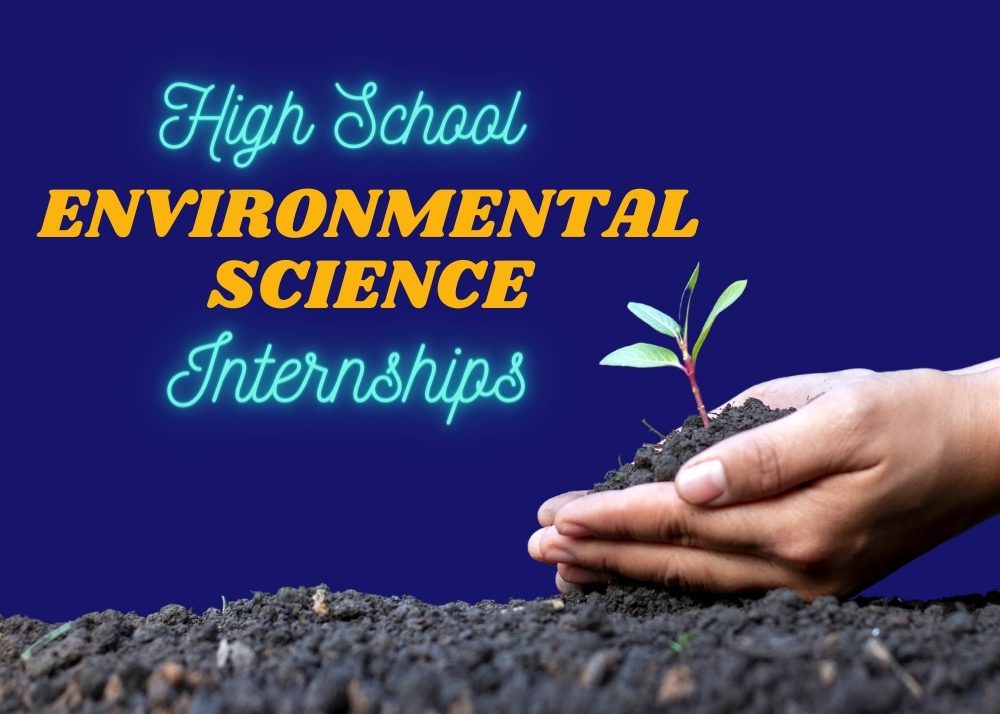 Student Life45+ Exciting Environmental Science Internships for High School StudentsOctober 18
Student Life45+ Exciting Environmental Science Internships for High School StudentsOctober 18 -
 Info / InspirationInterview: The Evolution of Martha MuñozDecember 14
Info / InspirationInterview: The Evolution of Martha MuñozDecember 14 -
 Student LifeHigh School Science Competitions: How to Enter and WinNovember 09
Student LifeHigh School Science Competitions: How to Enter and WinNovember 09 -
 Student Life35 Top Science Competitions for High School StudentsJanuary 31
Student Life35 Top Science Competitions for High School StudentsJanuary 31 -
 Info / InspirationHigh School Science Students Give Their Classmate a Hand – Literally!February 08
Info / InspirationHigh School Science Students Give Their Classmate a Hand – Literally!February 08
Most popular
-
 Student Life35 Top Science Competitions for High School StudentsJanuary 31
Student Life35 Top Science Competitions for High School StudentsJanuary 31 -
 Info / InspirationVoto Para La Mujer Quarter is a Major “Change”!July 29
Info / InspirationVoto Para La Mujer Quarter is a Major “Change”!July 29 -
 Student Life35+ High School Internships in the Bay AreaJanuary 22
Student Life35+ High School Internships in the Bay AreaJanuary 22 -
 Student Life90+ Best Writing Competitions for High School StudentsApril 13
Student Life90+ Best Writing Competitions for High School StudentsApril 13 -
 CultureA Smashing Success: The Surprising History of the Piñata in Latino/x CultureSeptember 27
CultureA Smashing Success: The Surprising History of the Piñata in Latino/x CultureSeptember 27

